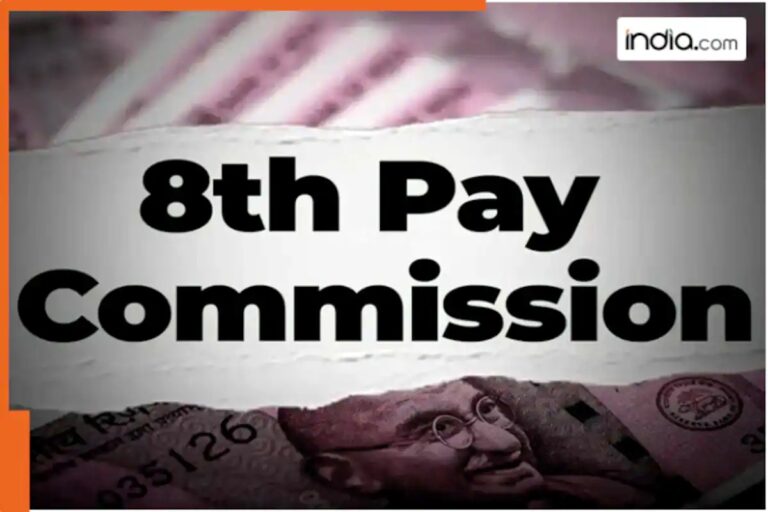
Central Government’s Stance on Pension Scheme Reforms
The Indian government has firmly rejected proposals to revert to the Old Pension Scheme (OPS) for central government employees, emphasizing its commitment to modernizing retirement benefits. Union Finance Minister Nirmala Sitharaman clarified in a Lok Sabha reply that there are no ongoing discussions to restore the OPS, which was replaced by the National Pension System (NPS) in 2004. The decision to phase out OPS was driven by concerns over its unsustainable fiscal burden on the exchequer. While the OPS provided non-contributory pensions, it lacked the financial flexibility required for long-term sustainability. Instead, the government introduced the Unified Pension Scheme (UPS) in 2025, offering a guaranteed pension of 50% of the final salary for employees with at least 25 years of service. This shift underscores the government’s focus on balancing fiscal responsibility with employee welfare, as the NPS continues to operate under a contributory model that allows for market-linked growth.
State Governments’ Reversion to OPS and Its Implications
Despite the central government’s rejection of OPS, several state governments have opted to revert to the old system. States such as Rajasthan, Punjab, and Chhattisgarh have implemented the OPS, raising questions about the financial viability of such a move. According to a reply by Finance Minister Pankaj Chaudhary, the funds contributed by state employees under the NPS will remain in the scheme, with no provision for refunds to the state governments. This highlights the complexities of transitioning between pension systems, as the central government prioritizes fiscal stability while states seek to address employee grievances. The decision by these states to revert to OPS has sparked debates about the long-term sustainability of such systems, particularly in the face of rising pension liabilities and demographic challenges.
Unified Pension Scheme (UPS): A Guaranteed Retirement Option
The Unified Pension Scheme (UPS) represents a significant shift in India’s pension landscape, offering a guaranteed retirement income for central government employees. Unlike the NPS, which relies on market returns, the UPS provides a defined benefit of 50% of the employee’s last 12 months’ basic pay, subject to a minimum service period of 25 years. This structure aims to ensure financial security for retirees while reducing the administrative burden on the exchequer. Employees currently enrolled in the NPS have until September 30, 2025, to switch to the UPS, with the possibility of further extensions. The UPS’s design reflects the government’s effort to balance employee welfare with fiscal responsibility, as it replaces the NPS’s contributory model with a more predictable payout structure.
Exceptions and Eligibility for OPS Reversion
While the central government has barred most employees from reverting to the OPS, certain exceptions exist. Employees appointed before the NPS’s implementation in December 2003 may opt for the CCS (Pension) Rules, 1972, which are now updated to 2021. This provision allows for a one-time transition to the old system, catering to those who joined government roles prior to the NPS’s rollout. However, this exception does not extend to employees of Public Sector Undertakings or Public Sector Banks, which remain under the NPS framework. The limited scope of OPS reversion underscores the government’s focus on maintaining a unified pension system while accommodating historical recruitment practices.
Transition Challenges and Future Outlook
The transition from the NPS to the UPS has presented several challenges, including employee resistance and administrative complexities. While the UPS offers a guaranteed pension, its financial sustainability depends on accurate actuarial modeling and long-term fiscal planning. The government’s decision to extend the deadline for switching to UPS reflects its recognition of the need for a phased approach to ensure employee compliance. Meanwhile, the states that have reverted to OPS face the risk of escalating pension liabilities, which could strain their budgets. As India’s demographic landscape evolves, the debate over pension schemes will likely continue, with policymakers balancing the need for financial prudence against the demands of public sector employees.





